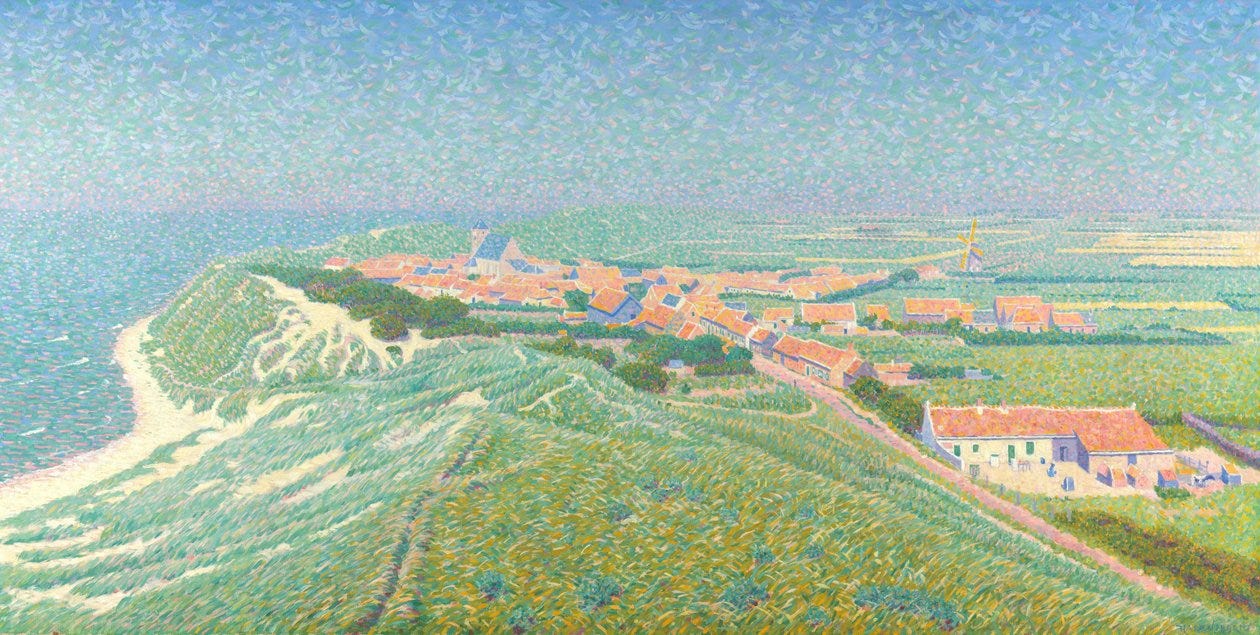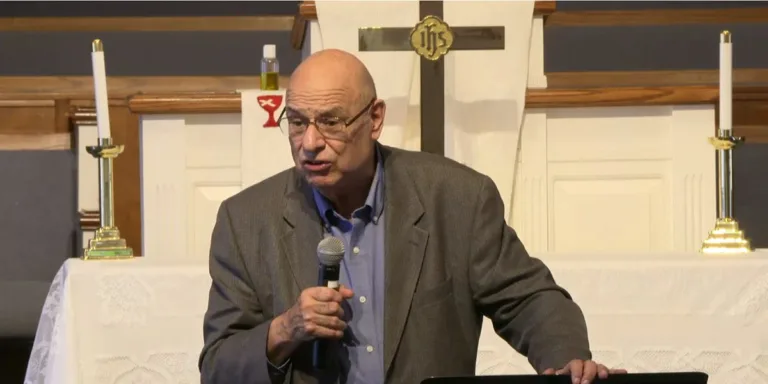Pictures At An Exhibition

Ferdinand Hart Nibbrig 1886-1915, View of Zoutelande on the island of Walcheren
The Son of Man came eating and drinking. Matthew 11:19
I recently visited an exhibition of Impressionist art at the magnificent Barberini Museum in Potsdam, just outside Berlin. The collection was beautifully curated and displayed. Each canvas, in its own right, had something to say, but as I wandered the multiple halls there would be, every now and then, an ‘AHA!’ moment. I would catch sight of a painting that took my breath away, leaving me no choice but to stand before it in awe. One such was a huge canvas from Claude Monet’s ‘Water-Lilies’ period. Another was a seascape by a Dutch artist I hadn’t previously heard of, Ferdinand Hart Nibbrig. Before these works, I felt compelled to pass at least a few moments in reverential silence.
The conversations and exchanges in the gospels in which Jesus describes himself as the Son of Man are a lot like an exhibition, in this case a collection of self-portraits. Each canvas throws a different shaft of light on the identity of their one common subject. Each one has value, but every now and then you come across a portrayal that demands more of your attention, because you know it has something important to tell you. These you have to stand before, with just a touch of awe. One passage that catches me in this way is a remarkable conversation recorded in Matthew’s Gospel, in which Jesus declares his humanity and does so, surprisingly, by contrasting his ministry to that of John the Baptist. This is the continuation of the passage we mentioned in the previous chapter. Jesus is speaking here:
But to what shall I compare this generation? It is like children sitting in the marketplaces and calling to their playmates, ‘We played the flute for you, and you did not dance; we sang a dirge, and you did not mourn.’ For John came neither eating nor drinking, and they say, ‘He has a demon.’ The Son of Man came eating and drinking, and they say, ‘Look at him! A glutton and a drunkard, a friend of tax collectors and sinners!’ (Matthew 11:16-19 ESV).
The point Jesus is making, of course – familiar to any religious or political leader – is that people are impossible to please! What is intriguing for us, though, is that he makes the point by describing his ministry style in such stark contrast to that of his cousin. John the Baptist was an ascetic, a super-spiritual figure who didn’t seem to have the same needs as everyday people. Famous for living in the desert, dressing in camel hair and feeding off insects, he had all the personal attributes of a mystic/hermit/monk/saint. He was untouched by what many Christians would call ‘worldly concerns.’ It is possible that John served as a kind of spiritual mentor to Jesus – he was older by six months, and he had years in public ministry while Jesus, we assume, was still working the nine-to-five. Some of Jesus’ key followers were initially followers of John, and on several occasions, Jesus highlighted the continuity between John’s vocation and his own.







